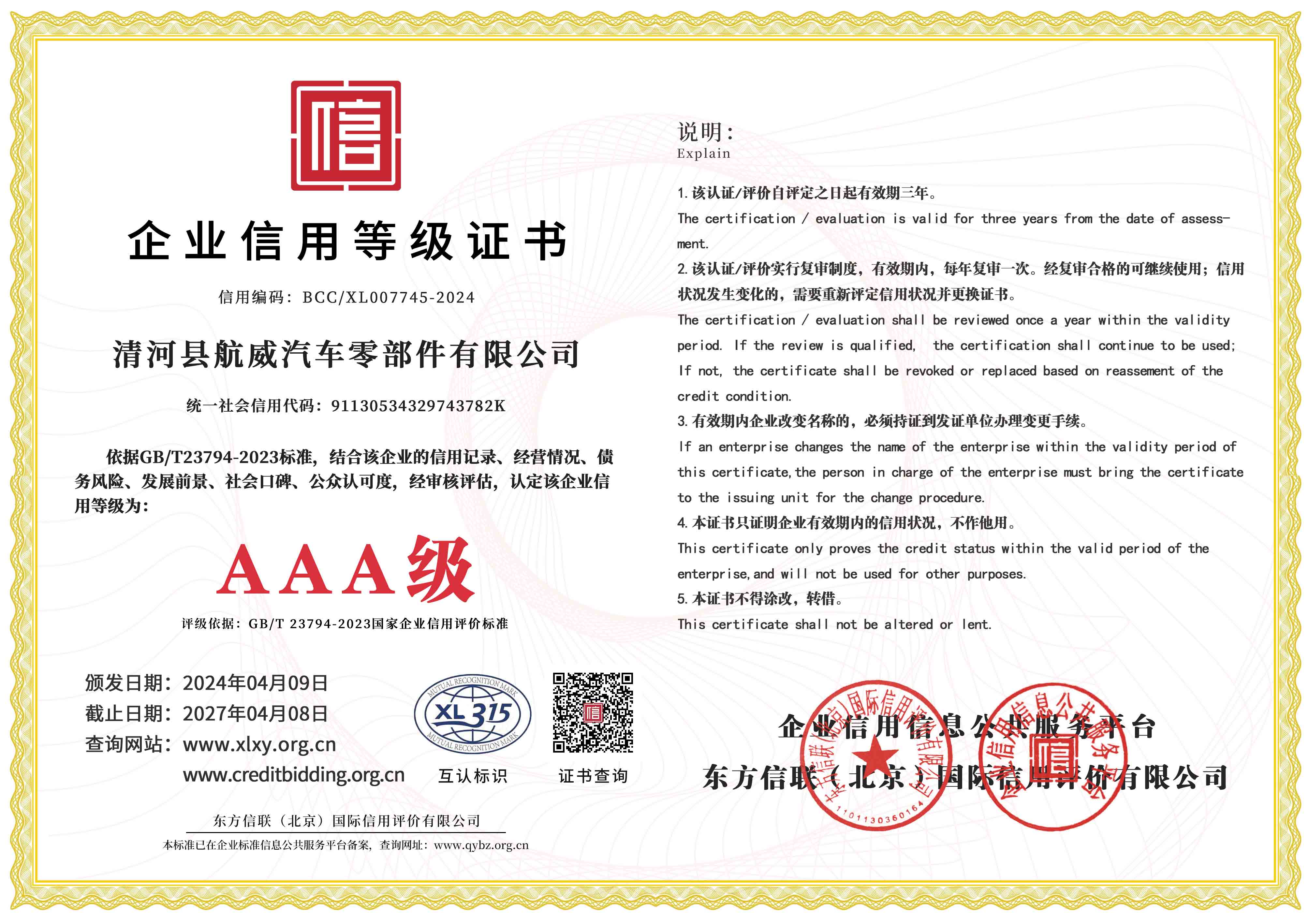gas pedal and cable
The Importance of the Gas Pedal and Cable in Automotive Performance
The gas pedal, often referred to as the accelerator pedal, plays a crucial role in the operation of modern vehicles. It serves as the primary interface between the driver and the engine, determining how much fuel is injected into the engine and ultimately controlling the speed of the vehicle. While the gas pedal is a simple mechanism, its interactions with various components, particularly the gas cable, are vital for delivering a responsive and enjoyable driving experience.
At its core, the gas pedal functions by converting the foot's pressure into an electronic signal (in modern vehicles equipped with electronic throttle control) or a mechanical signal (in older vehicles using a cable). In traditional setups, a gas cable connects the pedal directly to the throttle body, where it regulates the airflow into the engine. When the driver presses down on the gas pedal, the cable pulls the throttle open, allowing more air to enter the engine. This increased air intake, when combined with fuel, creates more power, resulting in acceleration.
The gas cable, therefore, is an essential component of this system. Made from durable materials, it must withstand varying levels of tension and friction while maintaining flexibility to allow for smooth pedal movement. Over time, the cable can wear out or become frayed, leading to performance issues. A stretched cable may cause delayed throttle response, making the vehicle feel sluggish, while a damaged cable could completely immobilize the throttle, posing a significant safety risk.
gas pedal and cable

Modern vehicles have largely transitioned to electronic throttle control systems, where a sensor detects the position of the gas pedal and sends that information to the engine control unit (ECU). The ECU then adjusts the throttle position electronically, eliminating the need for a physical cable. This innovation not only enhances responsiveness but also improves fuel efficiency and reduces emissions. Furthermore, electronic systems can be integrated with advanced features like cruise control and traction control, allowing for a more refined driving experience.
Despite these advancements, the traditional gas pedal and cable arrangement is still prevalent in many older vehicles and is favored by some automotive enthusiasts for its simplicity and direct connection to the engine performance. For example, muscle cars and classic vehicles utilize this mechanical link to provide a visceral driving experience that many modern drivers crave. The tactile feedback from a cable-driven system gives drivers a sense of control, as they can feel the engine responding in real time to their commands.
Maintenance of the gas pedal and cable is critical for optimal vehicle performance. Regular inspections can prevent issues from escalating, and replacing a worn gas cable can restore lost performance. Drivers should be mindful of any changes in throttle response, such as sticking or delayed acceleration, as these may indicate a problem with the cable or the pedal mechanism.
In summary, the gas pedal and cable, whether in traditional or modern vehicles, are fundamental components that affect both performance and safety. Understanding their function and maintaining them properly can enhance the overall driving experience. As technology continues to evolve, the relationship between the driver and the vehicle remains rooted in this simple yet essential mechanism, ensuring that the joy of driving is preserved for generations to come.
-
Upgrade Your Vehicle with High-Quality Handbrake CablesNewsNov.01,2024
-
Optimize Your Bike's Performance with Quality CablesNewsNov.01,2024
-
Enhance Your Vehicle's Performance with Quality Clutch ComponentsNewsNov.01,2024
-
Elevate Your Vehicle's Performance with Quality Throttle CablesNewsNov.01,2024
-
Elevate Your Vehicle's Performance with Quality CablesNewsNov.01,2024
-
Affordable Solutions for Your Cable NeedsNewsNov.01,2024
